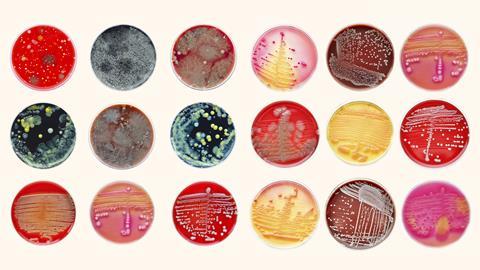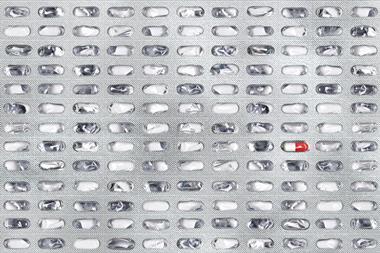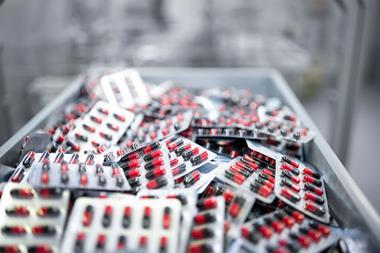Cancers and bacteria develop resistance to drugs in remarkably similar ways
Since I’ve worked in both antibiotic and cancer drug research, the topic of antimicrobial resistance makes me think of the way tumours become resistant to chemotherapy. This may seem like an odd comparison (single-celled prokaryotes vs more complex eukaryotes; infectious pathogens vs human cells…) but the similarities are real.

In both cases, we are up against a rapidly dividing population of cells that have rather variable genomes. Tumour cells are often fundamentally unstable, barely staying ahead of their own chromosomal aberrations, but many bacteria have a sort of gearing system. Under stress, they will switch to more error-prone replication modes. This emergency system is a survival advantage (which is why it’s persisted): with a greater number of mutations, the chances of producing new variant cells that can survive is increased. It’s true that many of these mutations will be of little help, or might even cause the cells carrying them to die more quickly, but this mechanism only gets activated when the bacteria are in danger of dying off anyway if nothing is done.
I can’t guess how many mammalian cells I have killed off during my career. But I’ve barely managed to even annoy real bacteria, much less kill them
The combination of rapid reproduction and constant mutation is a difficult one to fight. And with both antibiotics and chemotherapy, we are placing the most direct selection pressure possible on the bacteria and on the tumour cells. Evolve or die! The two populations even arrive at similar solutions. Sometimes the protein targets of the antibiotics or chemotherapy drugs change amino acid residues enough to no longer be sensitive to them (but not so much as to lose their cellular functions). In other cases, another molecular pathway manages to compensate for the one being targeted, or the efflux pumps that push foreign molecules back out of the cells become more efficient in dealing with the chemical attack.
Which of the two, bacteria or cancer cells, is a more formidable opponent? That’s a very tough call. But if it were bacteria versus normal human cells, there would be no contest whatsoever. I could not even guess how many cultured mammalian cells I have killed off during my career – when my candidate molecules turned out to be cytotoxic. But while I was working in antibiotic discovery, I barely managed to even annoy real bacteria, much less kill them!
The tenacity of cancer cells comes down to them acting more like bacteria
That’s because they live fundamentally different sorts of lives. Human cells are surrounded by their close friends and partners, and they have the standing army of the immune system to protect them. They have their waste hauled away and their food delivered, and they’re constantly being monitored for any signs of distress. Bacteria, though, are living their lives in the natural state as described by Thomas Hobbes in Leviathan: a war of all against all, where life is ‘solitary, poor, nasty, brutish, and short’. Compared to a typical eukaryotic cell, a free-living bacterium is like a tiny attack submarine. It’s far more mobile and well-armored, and it has to take care of its own defense while seeking out its own food sources (all while surrounded by organisms that are trying to do likewise!)
The tenacity of cancer cells, then, comes down to them acting more like bacteria. In solid tumours, single-cell sequencing has shown that the environment is one of deadly competition. Rapidly dividing cells are fighting it out for oxygen and food, and they have to survive under stressful shortages of both. Any new mutant line with an advantage rapidly crowds out the competition around it, until it in turn gets pushed aside by something even faster and nastier. And this is why chemotherapy so rarely leads to a complete cure (and why such drugs are almost always given in combination, rather than as single agents). The initial treatment might well wipe out the great majority of tumour cells – but the resistant ones are then left with an open field in which to expand!
That is exactly what we also see with resistant microorganisms. In both cases, the key is to hit these cells as hard as possible, as quickly as possible (and often from as many directions as possible). There’s where oncologists can have an advantage: human cells are simply more complex than bacteria, and have a greater number of potential drug targets (if we can learn to exploit them). In too many cases, we have only a small number of lines of attack against the bacteria. Or perhaps only one. Or perhaps none at all…

















No comments yet